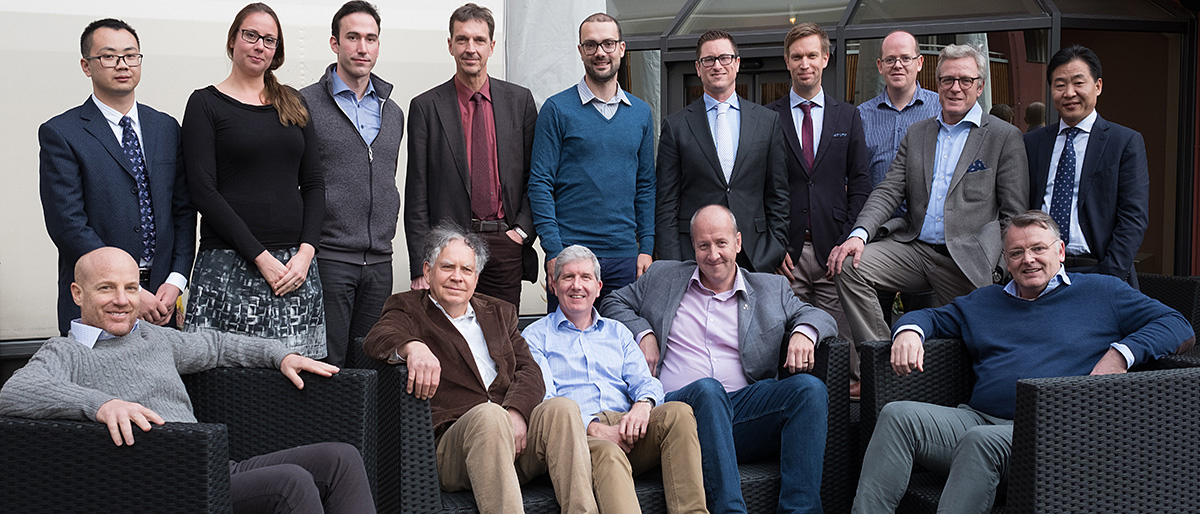Fracture-Related Infection

The AO has consistently supported educational and research activities focused on the clinical problem of Fracture-Related Infection (FRI). As part of this ongoing effort AO Trauma, AO Technical Commission and AO Research Institute Davos (ARI) hosted a discussion group on FRI in Davos in December 2016.
The quality of the clinical literature produced on fracture-related complications has suffered from the lack of a widely accepted or adopted definition for FRI. Past AO Research Institute Davos medical research fellow Willem-Jan Metsemakers (Leuven, BE) described this issue in his PhD, which was in partly performed at AO Research Institute Davos. In a systematic review, he found that the majority of randomized controlled trials in fracture care do not mention any recognized definition of infection. The absence of a working definition of an infected fracture makes existing studies on infection incidence, costs of treatment, effectiveness of treatment strategies and outcomes for patients, difficult to evaluate or compare.
In response to this need, Willem-Jan, together with another past AO Research Institute Davos medical research fellow Mario Morgenstern (Basel, CH) and AO Research Institute Davos's Fintan Moriarty, prepared a survey for AO members on the need for a clear definition of FRI. The AO network clearly supported the proposal, with over 90% of the more than 2,000 responders suggesting a definition of FRI is required. With this mandate in place, AO Research Institute Davos, AO Trauma and the AO Technical Commission Anti-Infection task force (AITF) hosted a dedicated meeting in Davos in December 2016. The group was composed of invited experts representing international organizations (eg the AO, European Bone and Joint infection Society, EBJIS) and prominent orthopedic trauma centers with a major interest in FRI. The group was asked to review and consider the published literature on definitions of infection developed for periprosthetic joint infection (PJI) and other orthopedic conditions, and brought their extensive clinical, diagnostic and scientific experience to the problem as it relates to fracture care.
The group discussed the problem in four separate sessions focused upon classification, anatomical location, terminology and diagnostic criteria. A consensus was achieved on the fundamental features of FRI, and a proposal for defining the presence of FRI was reached. It is important to note that this is a definition and does not attempt to classify infection or to guide treatment, which remains a task for the future. The establishment of a definition does, however, offer the opportunity to standardize clinical reports on the prevalence of FRI and to improve the reporting of clinical studies in FRI. The results are expected to be published in the coming months.


